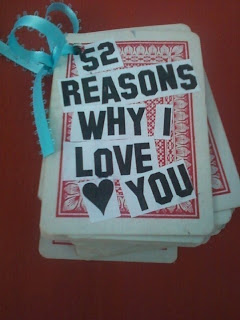This activity was submitted by Jackie West, LMHC, LADAC, CTRS. She works in an inpatient drug and alcohol rehab in a special hospital. These activities can be done separately as individual sessions, or they can all be part of a combined Talent Show, with one session planning the show and the next session performing.
There are several different purposes that can filled with this activity. A few examples include:
-Risk taking/overcoming fears
-Sober leisure skills
-Developing and/or sharing talents
-Building the group (unity)
-Communication skills
-Managing emotions
-Sober holidays, etc.
The idea is that everyone participates in the activity. Initially, people will probably react with complaining and excuses. But broken down like this, it is easy to give everyone a specific task.
Specific ideas for various "acts" or roles in the talent show include:
*Top 10 List - This is a group effort to come up with a Top 10 list for the treatment center (or your facility). The Top 10 List can be "Life in Rehab" or "A Day in Rehab" or whatever you brainstorm at the moment.
*MC - This is a group effort where a spokesperson is selected to represent the product of the group. The acts are identified. The MC must announce the acts in the Talent Show, using puns, quips, funny associated jokes, etc. in a humorous and entertaining way.
*Rehab Rap - This is a group effort with one or more patients willing to perform the rap. The rap can be about rehab or early recovery or any topic wanted to meet the thematic design. This group can include several rappers, or one rapper with the others doing clapping, drumming, or sounds effects.
*Song "They say that in Rehab..." This is an oldies song. You can find it the internet under "They say in the Army..." And the group then create the song. For example, "They say that in Rehab the food is mighty fine, Beans, rice, baloney. Don't forget to stand in line... Fun, fun..."
*Rhythm Band (Release the Music Inside) - This is a group effort where all of the individuals use only their clapping hands or other natural sounds to create a rhythmic song to perform. The 'natural' sounds can include such things as a paper bag filled with air that is tapped, whistles, mouth sounds, snapping, tapping on a wall, rubbing paper folders together, etc... whatever makes a sound can become the music!
*Poetry Reading - This is a group effort where the group creates a poem. Take a large paper (i.e. butcher paper) and come up with a topic that goes along with the theme of the Talent Show. Each member of the group things of a random poetic line regarding the topic. This is private and no one is aware of what their peer has written. Fold the paper into an accordion or start with the large paper. The first person writes their poetic line, and then folds down the written section. The next person does the same thing. When all of the group participants have written their poetic lines, the paper is opened up and all can see the parts. It is then the group task to rearrange and compile all of the lines to create a product that makes sense and is beautifully creative. The group then negotiates how it will be presented at the Talent Show.
*Alcatones - This is a Rehab Choir that changes up the words to a children's song or a holiday son or another fun song, so it becomes a parody about addiction and recovery. Coming up with a group name based in Recovery is half of the fun!!
*Motivational Prayer/Poem/Storytelling - Many have these memorized or can recall them pretty immediately or you can get it off the internet. Examples include: Third Step Prayer, The Piano Story, The Velveteen Rabbit, etc.
*Acts - Besides all of the ideas above, there will always be individuals that have the courage to do an act, for example sing a song, play a musical instrument, do an expressive dance, make funny faces, wiggle their ears, teach the group a funny dance, tell jokes, do a magic or Yo-yo trick, etc.
*Behind the scenes - You may have a few participants that don't yet have a job or role. They can help with setting up chairs, getting the room ready, serving refreshments, greeting guests, or even holding up signs to tell the audience when to cheer, gasps, laugh, etc.
Doesn't this sound fun?!? Thanks again for sharing the idea Jackie!!






